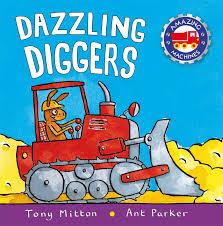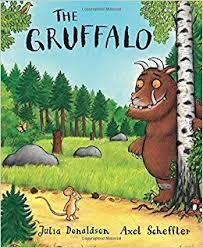Full disclosure…when I became a mom, I didn’t really know any nursery rhymes. And frankly, that felt a bit weird because, I am a speech therapist! But up until that point, my career had largely focused on work with adults.
A friend told me about a local “Mother Goose” program for new moms and babies, where you learn nursery rhymes in a group setting. Sure, my daughter slept through half the classes, but it was fun and I left feeling satisfied that I was learning something for her benefit.
Little did I know at the time that we had taken the first steps toward literacy success.
Phonological awareness is a term used to describe a person’s awareness of and ability to manipulate the sounds of a language. It allows you to rhyme, count words or syllables, and segment words into syllables and sounds.
Phonemic awareness is considered a sub-skill of phonological awareness. It is the knowledge that words are made up of individual sounds, and that these sounds are distinct from each other.
A strong correlation exists between phonological awareness in kindergarten and early reading success. Research has shown that strong readers have intact phonological awareness skills and that poor readers do not. In fact, many reading difficulties are preventable if children are exposed to phonological awareness activities in preschool and kindergarten .
In comparison to children with little exposure to rhyme before they start school, the literacy skills of children with a good understanding of rhyme from a young age, are notably superior. This is not surprising when you consider that experience with rhyming helps children understand that words sharing common sounds, will often share common letter sequences. If you can read cat, it is easier to read mat, bat, hat.
In 1997, the US National Reading Panel was established for the sole purpose of evaluating research and evidence to find the most effective ways to teach children to read. They determined that the best approach includes instruction in phonemic awareness. They reported that children who are read to at home, especially material that rhymes, usually develop the basis for phonemic awareness.
As with many other skills, phonological awareness develops in a sequential manner. The earliest skill to develop is awareness that words can rhyme, and then the ability to produce rhymes.
Not only is rhyming fun, but also it’s an effective foundation on which to introduce and build phonemic awareness… the awareness that words are made up of distinct sounds.
Five easy ways to weave more rhyming into your child’s play:
- Read rhyming books together. Here is a list of rhyming books on Amazon.
- Encourage children to create rhymes with their names, by changing the first sound.
- Put together a collection of small objects that rhyme in a basket, and find the matching pairs together.
- Recite and sing lots of nursery rhymes in the car, in the bath, or before bedtime. Involve older children and see who can make up the silliest rhyme. Leave off the rhyming word at the end for your child to fill in. Here is a good list of nursery rhymes.
- Choose engaging toys that expose children to rhyming. The Snap-N-Learn Rhyming Pups is one of my favorites.
Here is my FREE GIFT to you. I created a colour based rhyming activity for children in preschool and kindergarten. Print it, cut out the small rhyming pictures from one page, mix them up and place them in a pile. Next, name and place the two colour circles in front of your child. He turns over one picture at a time. Help him name the picture and say the colour it rhymes with. Ask him to place the picture on that coloured circle, and together say both the words in the rhyme string (red… bed). Continue and add each rhyming word to your rhyme string, until you have a long string.
When playing with rhymes, talk about how the words rhyme because they have the same last sounds. Bring your child’s attention to the individual sounds in words and encourage her to join you rhyming. Repeat rhyming lines, and leave off the rhyming word waiting expectantly for your child to fill it in. Be silly and have fun together, all the while knowing that you are taking the first steps toward literacy success.
Some of my favourite early rhyming books:
And fantastic resources:
Language and Reading Disabilities, 3rd Edition (2012) Kamhi and Catts




